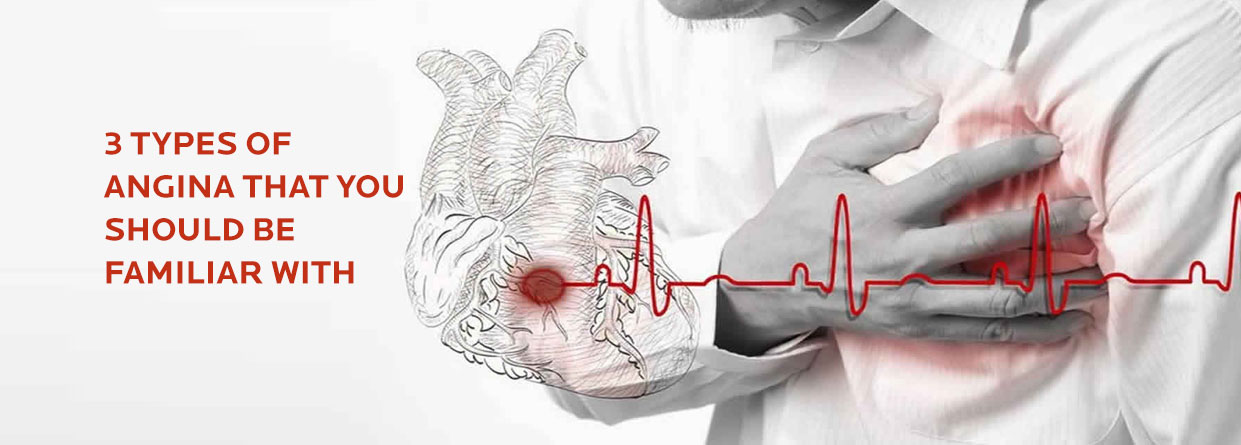
 Emergency No: 08062136599
Emergency No: 08062136599
Cardiology | by Dr. Shuvo Dutta | Published on 24/01/2022
Overview:
Angina, commonly referred to as chest pain, is a very common symptom associated with a wide spectrum of heart conditions and is the primary indication of cardiac arrest or heart attack. This is usually a result of an interrupted flow of blood in the arteries, caused by coronary artery disease. Angina is broadly classified into two different types, and we have discussed these in this blog with the help of the best heart doctors specializing in coronary artery Bypass surgery in Kolkata.
Many people won't be familiar with the word 'angina'. This is a term, commonly used by doctors, to describe chest pain, a problem that is usually triggered by a reduced supply of blood to the heart. Experts from the best heart hospital in Kolkata suggest that this is usually a result of the narrowing of the coronary artery, which happens to be a major artery. Angina can also be caused by a microvascular disease or damaged coronary vessels. When your heart is not getting enough blood, it tends to beat faster to get more oxygen. This puts an extra strain on the heart, giving rise to pain and discomfort. The condition is very serious and calls for the need of immediate medical intervention.
There are 2 common types of angina, i.e. stable angina and unstable angina. Here's everything that you need to know about these types.
Also termed angina pectoris, it refers to the chest pain triggered by coronary heart disease, which hinders the normal flow of blood to the heart muscles. Stable angina is believed to be a result of ischemia, a condition marked by the narrowing or blocking of the arteries. The patient is likely to experience pressure, pain, and discomfort in the middle of the chest, which slowly radiate towards the surrounding areas, which include the neck, jaw, and arm.
Stable angina is triggered when the oxygen requirement of the heart muscles is not met due to a decreased flow of oxygenated blood. The pain usually increases with increased physical exertion, however, if your arteries are severely narrowed, you may experience the pain even without indulging in any physical activity.
In the majority of cases, stable angina is easily manageable with rest and the use of certain medications. You may be required to take nitroglycerine which helps to relax the blood vessels.
Unstable angina
Also referred to as acute coronary syndrome, unstable angina refers to the chest pain that the experienced unexpectedly, while the person is at rest. The most common cause of this is believed to be atherosclerosis, a condition marked by the buildup of plaque in the coronary arteries. If not treated properly, the plaque can rupture causing severe vascular injury or clotting, both of which can disrupt the normal flow of oxygenated blood to the heart muscles. Unstable angina usually calls for the need of emergency medical care as the patient is at a high risk of a heart attack.
When does it happen?
Unstable angina is believed to be a result of clotting. The tiny clots of blood can enter the bloodstream and get stuck there, thereby preventing the free flow of blood. This gives rise to pain and discomfort.
Unstable angina is usually caused by the need for invasive intervention. Nowadays cardiac catheterization techniques are available, which helps to treat the problem without the need for conventional surgery. The most common technique that is available include percutaneous coronary intervention and coronary artery bypass graft surgery (CABG)
Both types of angina are treatable, provided you seek proper medical help and get yourself evaluated as soon as possible. To know more about angina, and its different types, consult our experts at BM Birla Hospital today.